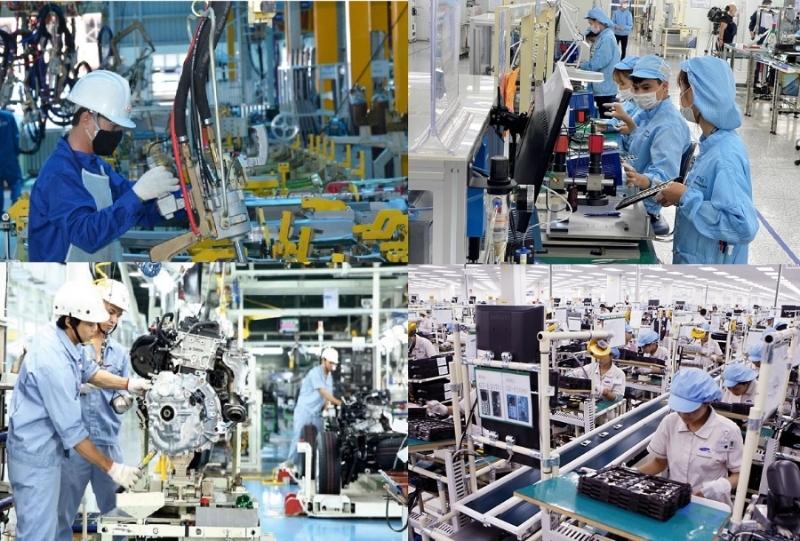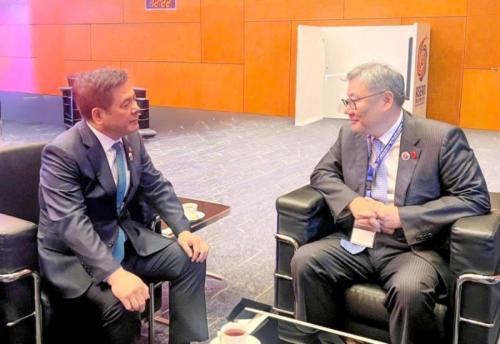Vietnam is targeting double-digit growth in the 2026–2030 period, with high-tech FDI expected to be one of the main drivers.
From an agricultural economy, Vietnam has undergone a powerful transformation to become a competitive industrial manufacturing hub in the region.
During this process, hi-tech FDI has played a pivotal role, with the presence of "eagles" like Samsung, LG, Intel, and Honda, among others.
These corporations have not only brought in capital and advanced technology but also contributed to reshaping industrial capabilities, training high-quality human resources, and paving the way for Vietnam to integrate more deeply into global value chains.
After 17 years of its operations in Vietnam, from an initial investment of $670 million in 2008, Samsung has now invested over $23.2 billion, running 6 factories and 1 research and development (R&D) center, making Vietnam the largest mobile phone production base outside of South Korea.
Other major names like LG, Intel, and Honda have also chosen Vietnam as a strategic production hub, maintaining their commitment for several decades.
According to data from 2015–2024, the processing and manufacturing industry has consistently led in FDI attraction, accounting for 50–80% of total registered capital. Many multi-billion dollar projects in electronics, semiconductors, renewable energy, and high technology have been flowing into Vietnam, contributing to elevating the nation's position on the global technology map.
According to Professor Nguyen Mai, a leading expert on foreign investment, "The presence of 'big eagles' like Samsung has created a strong spillover effect, attracting more high-tech investors and forming increasingly tight linked value chains in Vietnam."
However, experts also warn that to attract more strategic FDI projects, Vietnam needs to continue to significantly improve its investment environment.
This includes three key issues: first, upgrading technical and logistics infrastructure; second, developing high-quality human resources; and third, reforming investment incentive policies, especially for new sectors such as semiconductors, artificial intelligence (AI), and clean energy.
Vietnam is targeting double-digit growth in the 2026–2030 period, with high-tech FDI expected to be one of the main drivers.
According to experts, high technology, especially in strategic sectors, has a strong ripple effect. Attracting it first to learn, cooperate, and develop internal capabilities is a long-term approach that will help Vietnam not just be a manufacturing location but also a regional innovation hub.





